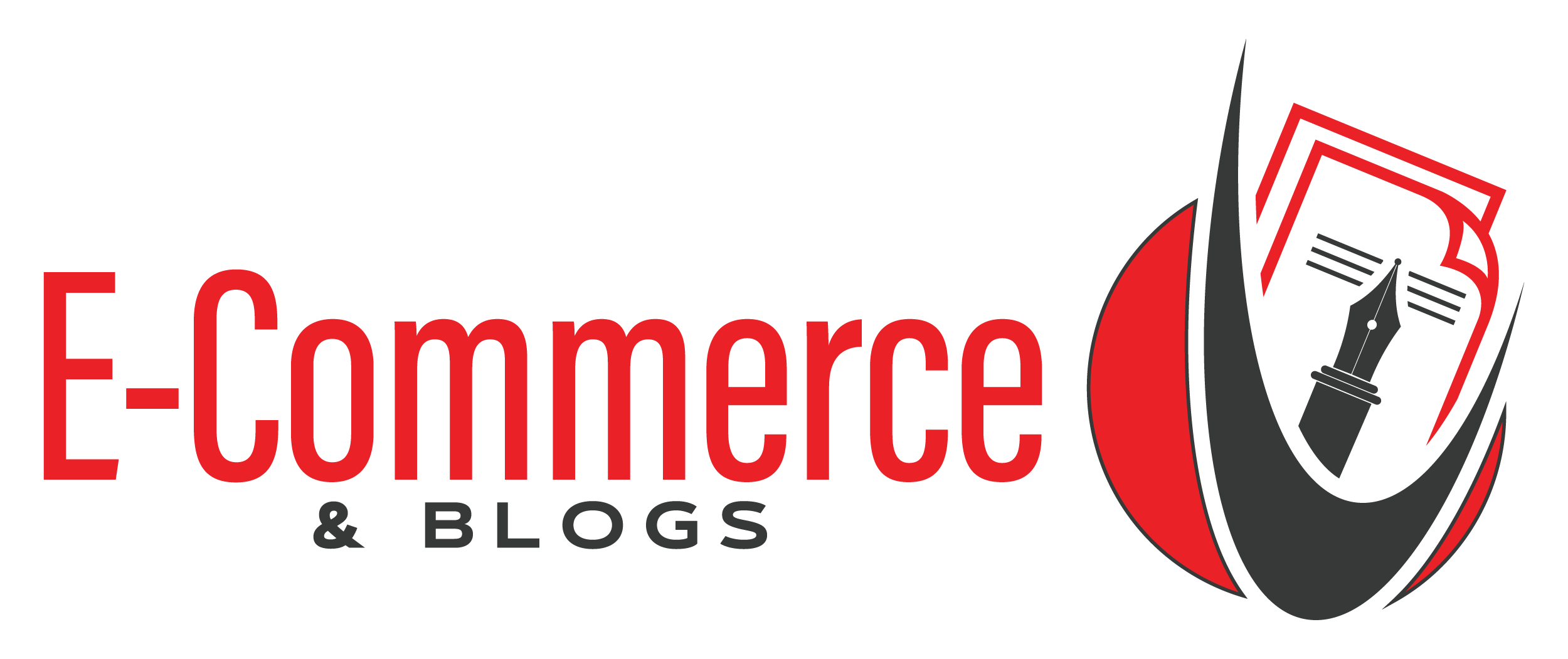In the modern digital era, storytelling has become essential for creating personal connections with readers. Whether you are expressing your thoughts through a business blog, sharing your own experiences, or providing expert insights, the power of storytelling can profoundly impact your audience. By tapping into storytelling’s dynamic and engaging potential, you can create a more meaningful and lasting impact on your readers. How can you effectively incorporate storytelling into your blog to captivate your audience and make a lasting impression? Let’s learn more about it in the blog post below.
1. Start with a Strong Hook
The first few lines of your blog are crucial. Much like the opening of a good book, your introduction needs to grab your reader’s attention immediately. Ask a thought-provoking question, introduce a relatable scenario, or drop a surprising fact. This draws readers in, making them want to read further. For instance, if you’re writing about overcoming challenges, start with a personal anecdote that mirrors the struggles your audience might be facing.
2. Make It Relatable
People are drawn to stories that resonate with them. To connect with your readers, understand their pain points, desires, and experiences. The more relatable your story, the more your audience will feel like you’re speaking directly to them. Share personal experiences that highlight common challenges, victories, or emotions that your readers might have encountered.
3. Create Emotional Depth
A great story isn’t just about what happens—it’s about how it makes you feel. Use your blog as a platform to evoke emotion. Whether it’s humor, inspiration, or empathy, crafting an emotional journey for your readers keeps them invested. For example, when describing a difficult moment in your life, don’t just focus on the facts—dive into how it made you feel and how you overcame it.
4. Build a Narrative Structure
Even in a short blog post, a clear narrative structure can keep readers hooked. Start with an introduction, build up tension or conflict, and conclude with a resolution or takeaway. This tried-and-true storytelling formula creates a natural flow that keeps readers engaged. Each section of your blog should seamlessly transition into the next, with a clear beginning, middle, and end.
5. Use Visual Descriptions
Blogging isn’t just about text—it’s about creating an experience. Use descriptive language to paint a picture for your readers. For instance, instead of saying, “It was a difficult time,” try something like, “The weight of uncertainty pressed on me with every step, making each day feel like an uphill battle.” The latter brings readers into the story, helping them visualize and feel the experience.
6. Incorporate Dialogue
Dialogue can be a powerful storytelling tool in blogging. It brings a conversational tone to your posts, making the narrative feel more dynamic and engaging. When sharing personal stories or recounting events, consider incorporating snippets of conversation to break up the text and add authenticity to your narrative.
7. Offer a Takeaway
Every great story has a moral or lesson, and your blog should too. As you conclude your post, offer your readers a valuable takeaway that relates back to your story. Whether it’s practical advice, a motivational message, or food for thought, the takeaway should feel like a natural conclusion to the journey you’ve taken your readers on.
8. Be Authentic
Readers can sense authenticity. Don’t try to embellish or exaggerate your story for dramatic effect—trust that your genuine experiences and voice will resonate more with your audience. Authenticity builds trust, and when readers trust you, they’re more likely to keep coming back.
Conclusion:
Mastering the art of storytelling in blogging is about connecting with your readers on a deeper level. It’s not just about conveying information—it’s about sharing a journey that resonates, evokes emotion, and offers something valuable. By using storytelling techniques, you can create content that informs, inspires, and engages, making your blog a must-read for your audience.




